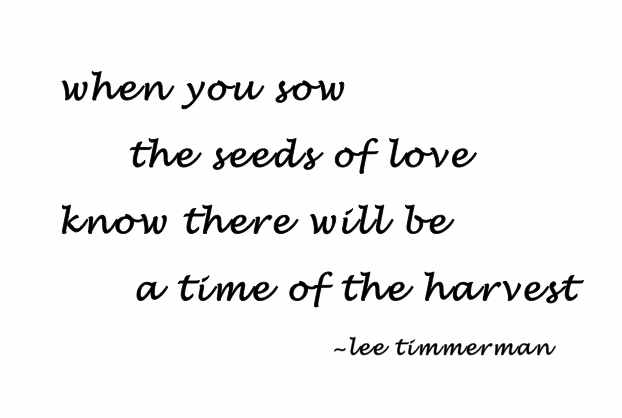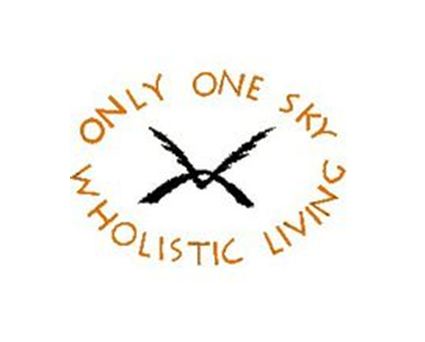WE CAN BE OPEN TO LIFE
One of the greatest obstacles in spiritual evolvement is the idea or belief (and therefore practice) that we must protect our self from life, or that we must protect our heart from getting hurt. This idea is a natural evolution of the lower ego, but this belief has to continue evolving as we evolve. We must allow an openness and the willingness to learn and grow in order to progress. The alternative is to allow the ego and its self-protection to close us off from life, thereby closing us off from learning and growing.
We can be open to life, and embrace life while still having healthy boundaries. We come to the realization that our nature is Satyam, which is also the nature of God. We understand that we don’t get love or Satyam from other people, or from activities. It is our very nature. Our interactions and relationships with other people are where the boundaries are. These are the rules we use when relating with other people. We can be open to life and have healthy boundaries. Having healthy boundaries means that we don’t have to accept everything that others want to give us. We understand the difference between love, Satyam, which is our nature, and the healthy boundaries of relationships with others. If our relationships are healthy, they are beneficial for our self and the international community. They are not harmful in any way. When we have healthy boundaries, we don’t have to close off any part of our self. There are things that we might outgrow and no longer wish to participate in, so we gently go beyond it.
The process of self-discovery starts with our self but continues into awareness of God. We begin with the study of our Self, our Wholistic nature. Lahiri Mahasaya taught Kriya Yoga so that those who could not believe in the divinity of someone else could discover their own Divinity and the Divinity of all life through Kriya Yoga.
Hazrat Inayat Khan said the greatest religion of all is the study of life. The study of life is more than just studying the Physical life. It is the study of life Wholistically. If we accept that responsibility, then self-discovery becomes our religion, defined as the rejoining the small spirit with the large Spirit. We do not need to have a great library of theology to define our religious beliefs. Our direct experience with our self becomes our religion, our path. This process can be very simple. We continue to make minor adjustments while learning and growing.
All of humanity wants to be happy, to feel love, have friendships, know about their immortal nature, and feel free. The person who is studying Self-realization is no different from anyone else; it is just a matter of where they are looking to get that love, freedom, friendships, knowledge, and health. Most of the world is looking outside themselves. They are looking for security in money or relationships. They are trying to find love with other people. They are trying to find freedom with money and power so they can do whatever they want, thinking there will be no cost or causation. Those who are studying Self-realization have the same desires to feel freedom, experience love, to have a healthy body and mind, in wanting to have knowledge of God or our Wholistic Self. They differ in that they have accepted responsibility to discover their true nature
The Royal Path brings all responsibility to our self. We don’t say, “I have no one to love.” We say, “I’m not feeling love today. I need to focus more on Om Satyam. I need to express more love and identify with love.” We begin to identify with our Satyam, Shivam, Sundaram nature. When we do this, we experience that we are complete. We begin to realize that all life is created from this Satyam, Shivam, Sundaram nature and that we can appreciate, enjoy, and delight in life. The difference between the true spiritual devotee and the world is that the worldly person is still trying to collect their happiness and love from external sources. They have become collectors, possessors, and owners. True spiritual devotees already have the sense of ownership of their Soul, and they begin to appreciate and delight in the beauty, love, harmony, and joy. It is their very nature, the very nature of life, and the very nature of God that they are striving to appreciate and delight in at all times.


